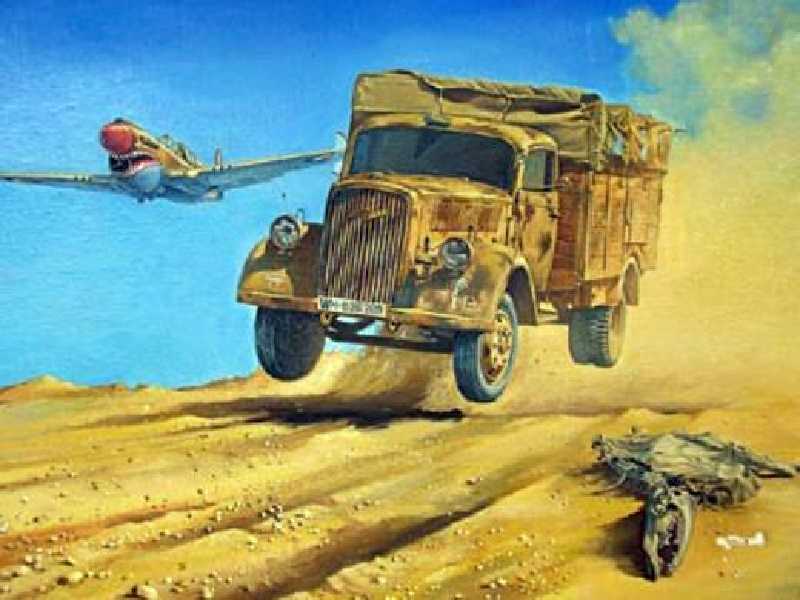- Reduced price



Paints and Glue are not included with any kit unless stated otherwise!
Versions:
| Performances | |
| Length | 6020 mm |
| Width | 2125 mm |
| Height | 2520 mm |
| Full weight | 5800 kg |
| Useful load | up to 4000 kg |
| Wheelbase | 3600 mm |
| Engine volume | 3626 cc |
| Power | from 64 to 75 hp |
No carriers available for this product.
The above shipping costs are for 1 item only.
You will see the final shipping costs when you place your order.
Manufacturer RODEN Oleksy Tykhogo 93 03067 Kijów Ukraine roden@roden.eu
Responsible person International Business Group Spółka Jawna Piotr Andrzejewski, Lidia Andrzejewska, Adam Andrzejewski Benedykta Hertza 2 04-603 Warszawa Poland ibgsc@ibg.com.pl +48228159150
@COMMENT_COMMENT@
@COMMENT_COMMENT@

@COMMENT_TITLE@
@COMMENT_COMMENT@